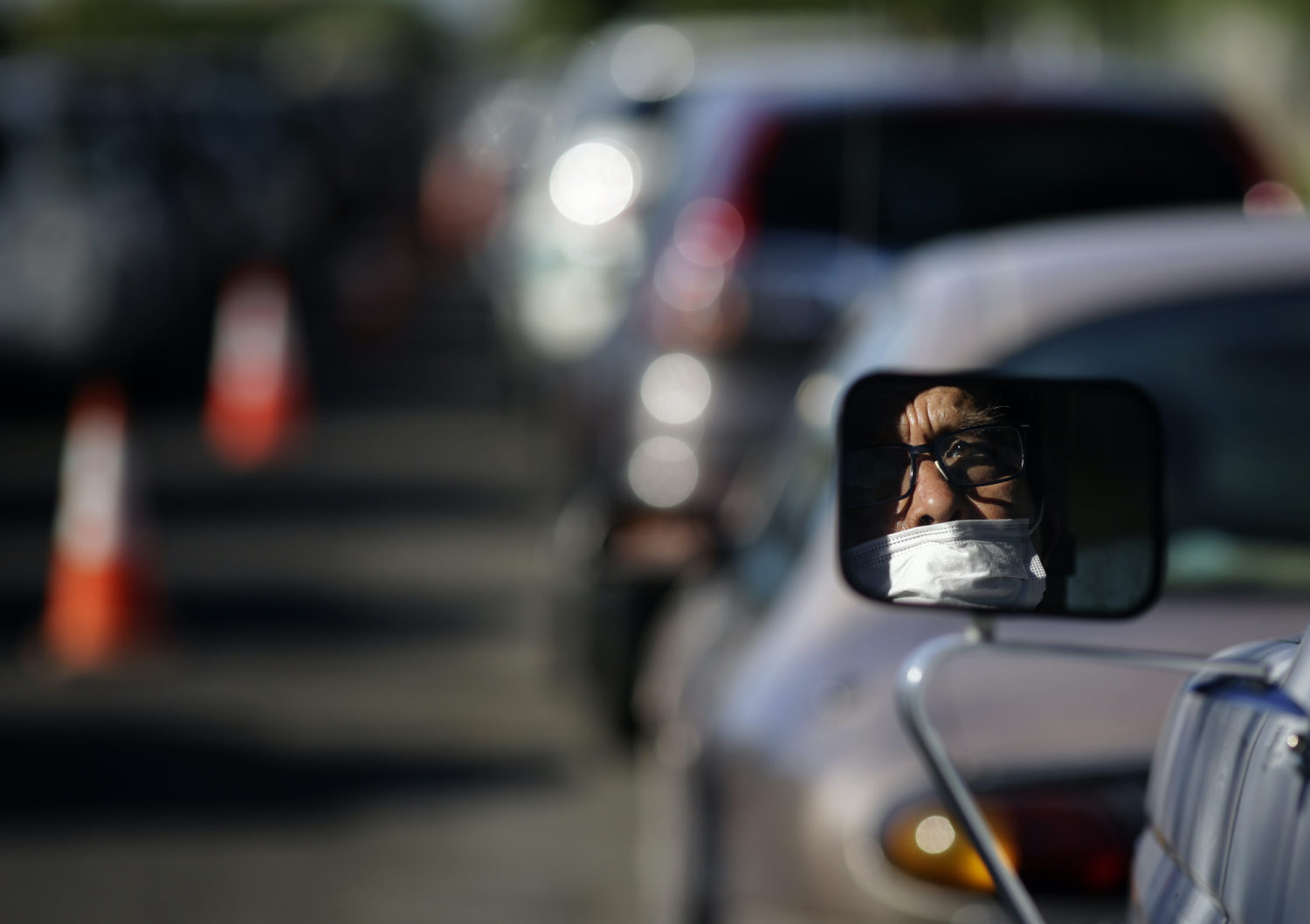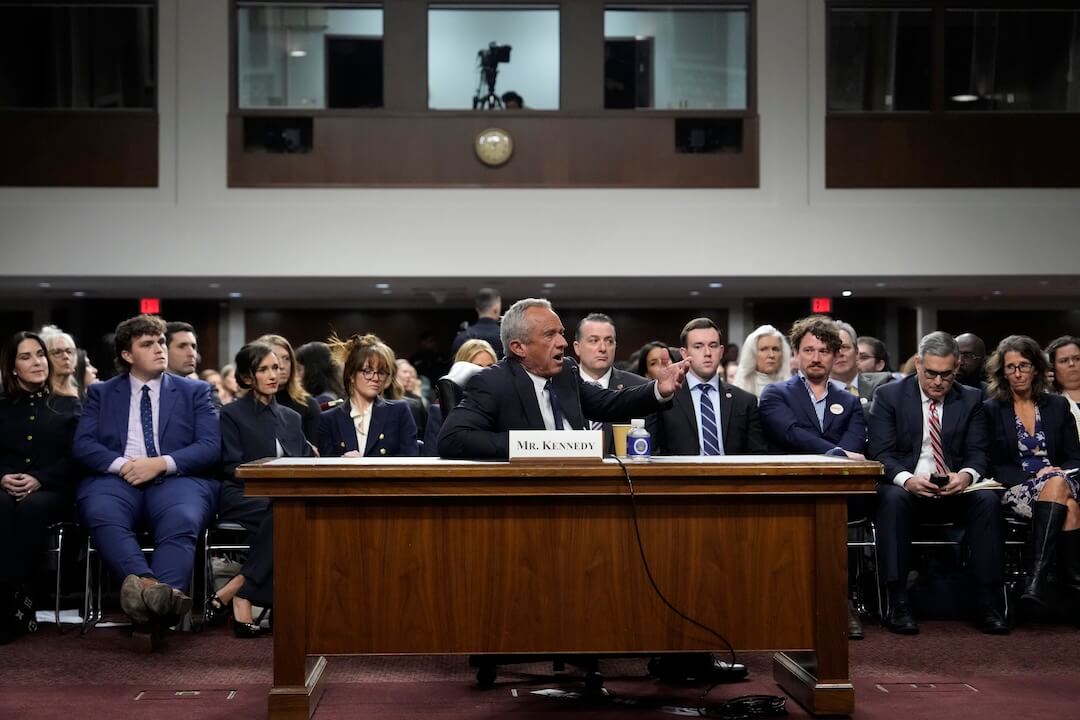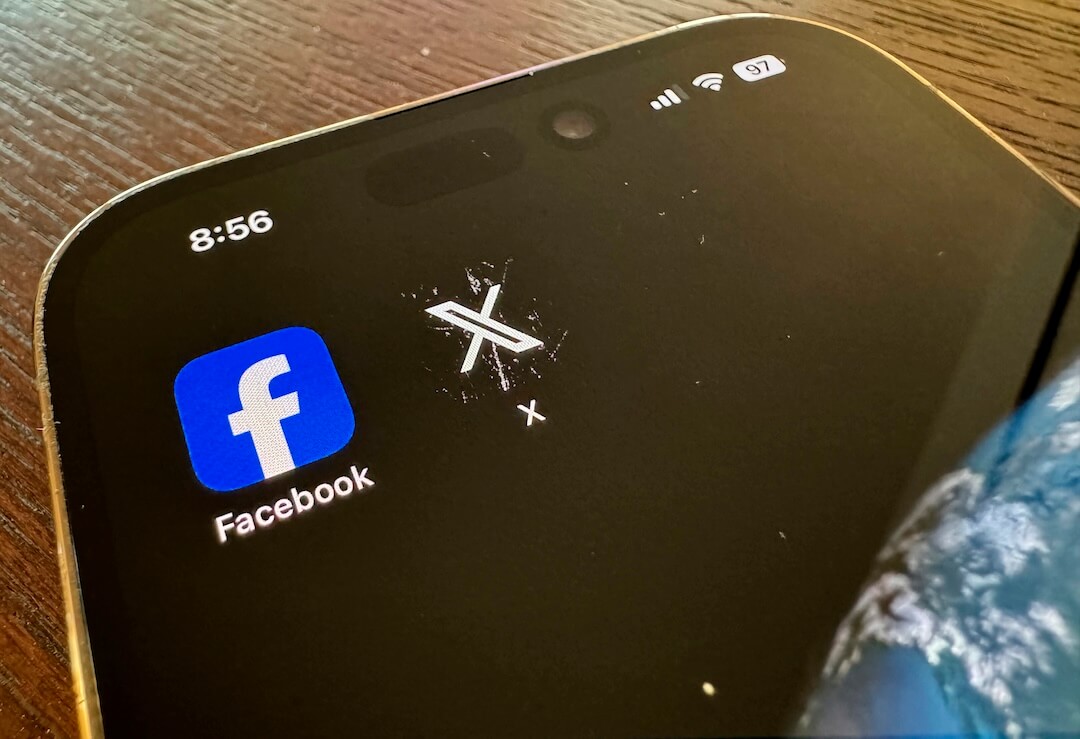 Covering COVID-19 is a daily Poynter briefing of story ideas about the coronavirus and other timely topics for journalists, written by senior faculty Al Tompkins. Sign up here to have it delivered to your inbox every weekday morning.
Covering COVID-19 is a daily Poynter briefing of story ideas about the coronavirus and other timely topics for journalists, written by senior faculty Al Tompkins. Sign up here to have it delivered to your inbox every weekday morning.
This report from researchers at the University of Chicago and the University of Notre Dame underscores the urgency for Congress to act on a relief bill that will help people pay rent and feed their families. As the previous government stimulus plan expires, poverty is increasing. The researchers caution us not to conflate unemployment with poverty.
The study finds:
Poverty rose by 2.4 percentage points from 9.3 percent in June to 11.7 percent in November, adding 7.8 million to the ranks of the poor.
Poverty has risen each month since June, even though the unemployment rate has fallen by 40 percent (from 11.1 percent to 6.7 percent) over this period. This disconnect between poverty and unemployment is not surprising given that some government benefits have expired, unemployment insurance benefits are typically only about half of pre-job loss earnings, and five million people have left the labor force in the past year and therefore are not counted as unemployed.
Despite the decline early in the pandemic, poverty is now higher than it was at the start of the year.
The increase in poverty in recent months was more noticeable for blacks, children, and those with a high school education or less. For blacks, poverty has risen by 3.1 percentage points since June.
Poverty has also risen noticeably for those with a high school education or less, from 17.0 percent in June to 22.1 percent in November.
The estimates also suggest that poverty rose more in states with less effective unemployment insurance systems.
The study says the last government stimulus checks ($1,200 to individuals and $2,400 to married couples without dependents, with the maximum amount going to individuals with income under $75,000 and married couples with income under $150,000) saved the country from even more dire poverty figures. Keep in mind that the latest stimulus bill will likely provide half as much money to individuals.
Why are military families showing up at food banks?

A U.S. Army specialist carries a box of eggs as he helps distribute food at a mobile pantry in Arlington, Texas, Friday, Nov. 20, 2020. More than one out of 10 military families said they were having trouble getting enough food. (AP Photo/Tony Gutierrez)
Even a year ago, more than one out of 10 military families said they were having trouble getting enough food. The pandemic has added to the problem and food banks say they are seeing the effect.
Spouses of active-duty troops have lost jobs, the same as thousands of other Americans, but are often the least likely to be able to find new ones. Children who rely on free or reduced meals at school no longer are receiving them, and military families often have more children than the national average.
While many poor civilian families have turned to federal food programs for support, military families often receive a housing allowance that renders them ineligible for food assistance, a quirk in the law that Congress has repeatedly failed to resolve.
The most junior enlisted personnel earn $1,733 to $2,746 a month; 7 percent to 18 percent of military families and veterans have had someone in their house seek emergency food assistance, according to a report from the advocacy group Blue Star Families.
While military families make up a small portion of the 37 million Americans struggling with food insecurity, hunger experts say most Americans have no idea that people serving in the military often need to rely on help to eat.
[the_ad id=”667826″]
Office building vacancy sharply rising
This issue is not just important to people who invest in real estate, it is important to the very core of central business districts in cities nationwide.
The Wall Street Journal summarizes the situation cleanly:
Empty co-working spaces are helping push office vacancies in big cities to levels not seen in decades, threatening the commercial-property sector’s reputation as a haven for investors.
The rise of co-working and other forms of flexible, short-term office space is starting to change that dynamic. These spaces make up a growing share of the office market in cities like New York, San Francisco and Los Angeles. Because co-working leases typically last only a few months to a year, vacancies are starting to soar when many companies are working remotely.
Suddenly, there would be no need for companies to lease as much space in expensive first-tier cities like San Francisco, New York and Chicago, or even in less expensive second- and third-tier cities. Workers could avoid long, frustrating commutes in bumper-to-bumper traffic and could protect themselves from exposure to COVID-19.
“The office market, it’s like a slow-motion car wreck,” said Christopher Marinac, director of research with Janney Montgomery Scott, a financial advisory firm based in Atlanta. “I see heavy uncertainty on the future demand for office space.”
Hotels are missing loan payments
Banks are in a bind because hotel groups are missing payments right and left but the bankers do not want to foreclose. More than a thousand hotels have defaulted on their loans and many more will not make payments in the months ahead.
You get a clear picture of the situation when the market with the highest occupancy rate has 53% of rooms filled.
Tougher days may be ahead. The pandemic continues to keep people from traveling and the lifeline that kept hotels afloat has played out. The Paycheck Protection Program doled out 383,000 loans to hotel and food businesses, which the hotels hope they won’t have to pay back.
Congress MIGHT finally put an end to surprise medical billing
For two years, Congress has argued about how to end the much-loathed practice of “surprise medical billing.” It could finally happen soon. Could happen. Might happen. Maybe it will happen.
Surprise billing occurs when you go to a hospital that you think is “in-network” for your insurance and somebody at the hospital — maybe an anesthesiologist or cardiologist — treats you and you later find out, when the insurance rejects the bill, that you’re on the hook for some amount of money, often a huge one. Never mind that while you were having your heart attack it was inconvenient for you to ask everybody in the emergency room if they were “in-network.”
These stealth charges are becoming more common — according to a 2017 study, one out of every six insured hospital patients now receives a surprise bill — and more expensive. (One paper found they rose from an average of $220 in 2010 to $628 in 2016.) In extreme cases, consumers sometimes face financially devastating charges for tens of thousands of dollars. Unsurprisingly, voters hate the practice, since it tends to victimize helpless patients, and some states have tried to address the issue. But because of rules governing how health insurance is regulated in this country, the only way to fix the problem entirely is through a federal bill.
Slate reports that there are two main ways for Congress to fix the problem. The first is to set “benchmarks” for treatments and insurers would pay surprise billers a set amount. The second is to have an arbitration system when there is a dispute over a surprise bill. Congress is fairly close to a solution that combines the ideas.
The Brookings Institution details the compromise (you can see the legislation text here):
Surprise billing would be barred for out-of-network emergency care, for most out-of-network care at in-network facilities, and for air ambulances. The patients would be asked to pay only their in-network obligations for the care they received, and that is the end of it for them. The question then becomes what the insurer will pay the provider.
There would initially be a 30-day period during which the insurance plan and the health care providers could try to negotiate a payment for the out-of-network claims. If they don’t reach an agreement, then arbitration would be the next step.
The independent arbiters would primarily consider the average in-network charge for the services in question, as well as other information provided by the insurer and provider. Both sides would make an offer, and the arbiter would pick one based on the guidance stipulated in the bill.
Brookings has done a lot of reporting on this. It is worth your time.
Vox says that a deal, like seemingly everything else these days, turns on Senate Majority Leader Mitch McConnell:
While House Speaker Nancy Pelosi and Senate Democratic leader Chuck Schumer quickly announced their support for the bipartisan, bicameral legislation, Senate Majority Leader Mitch McConnell has been conspicuously quiet. His office has simply told reporters they are reviewing the plan. And that’s a big problem if this deal, breakthrough though it is, is ever going to become law and actually put a stop to most surprise bills.
Journalists, I know this all sounds a bit wonky, but this is one of the biggest issues in health care. Just start asking people who have had any significant hospital experiences and you will get an earful about this problem.
Let me give you an idea of what these stories can look and sound like. My friend, KUSA (Denver) journalist Chris Vanderveen, has reported extensively on surprise billing. NPR has reported on it, as well.
[the_ad id=”667872″]
An FDA-approved at-home COVID-19 test
The Food and Drug Administration gave its approval to a low-cost COVID-19 test that you can use yourself and have the results sent to your phone in 15 minutes.
You won’t need a prescription and backers say the $30 home test kits could become as available as home pregnancy tests. This new test from a company called Ellume detects proteins on the virus’s surface in 15 minutes and delivers results to an app. The company envisions how the information might be shared to map outbreaks: “Through a secure cloud connection, Ellume’s COVID-19 Home Test can provide real-time reporting of test results to health authorities, employers, and educators, for efficient COVID-19 mapping.”

(Ellume)
The manufacturer, an Australian company, plans to crank out about 100,000 of the tests a day starting in January, which is not nearly enough to make a dent in the number of people who want tests. By mid-2021, the company says it might be able to produce a million test kits a day. Ellume plans to manufacture and deliver 20 million of its COVID-19 home tests to the U.S. within the first half of 2021.
Bloomberg notes:
Currently, the vast majority of U.S. Covid-19 tests are performed in a medical setting and require a prescription, including an at-home test from Lucira Health Inc. cleared by the FDA last month. Last week, the agency cleared a test from Laboratory Corp of America Holdings that doesn’t require medical authorization but must undergo lab processing.
Tests that cost $5 or $10 “are possible and coming, and I’d love to see them, because you need both a low price point so lots of people use it and you need plenty of production,” said Ashish Jha, dean of the Brown University School of Public Health.
Still, “we should have had this in May, June,” Jha said in an interview. “We could have ended this pandemic in America. We could have brought this under control if we had decided to pick a different approach.”
Nobody claims these home tests are as accurate as the lab-analyzed versions. USA Today summarizes the data sent to the FDA:
Ellume’s home test correctly identified 95% of COVID-19 cases and had a 3% false positive rate among patients with symptoms when compared to a lab-based PCR test. The company said its test was even more accurate when used on patients without symptoms.
The FDA warned that a small percentage of antigen tests can produce false negative or false positive results. Patients who test positive and show no symptoms should be presumed positive until another test can confirm results, the FDA said.
Ice cream sales are up in the pandemic

(Dina Uretski/Shutterstock)
Dairy Foods, which tracks, as you might imagine, the dairy industry, reports that while we have been spending more time at home, we are eating more ice cream. Over the 52 weeks ending Sept. 6, ice cream sales were up 13.4% to $6,841.8 million.
Consumers seem to be saying, “To heck with healthy comfort food, we are buying the good stuff.” Dairy Foods says:
According to George Denman, vice president of Cincinnati-based Graeter’s Ice Cream, indulgence-minded brands have seen more of a retail sales uptick than brands with healthfulness in mind such as Halo Top.
“Another big winner was the turnaround in large-size brands like Breyers, Edy’s, Friendly’s and Turkey Hill,” he adds. “With kids at home and not in school, mom stocked up on these 48-ounce containers, which prior to the pandemic were anemic (in sales) at best.”
Industry surveys say more than four in 10 people say ice cream is their favorite comfort food, which made me look up what in the world might be ahead of it. A Harris poll ranks comfort foods in this order:
- Pizza (also the most Instagrammed food)
- Chocolate
- Ice cream
- Mac and Cheese
- Chips
- Hamburgers
- Steak
- Mexican food
Those gross kale chips my daughter is trying to get me to eat did not make the list.
[the_ad id=”667878″]
We’ll be back tomorrow with a new edition of Covering COVID-19. Sign up here to get it delivered right to your inbox.









